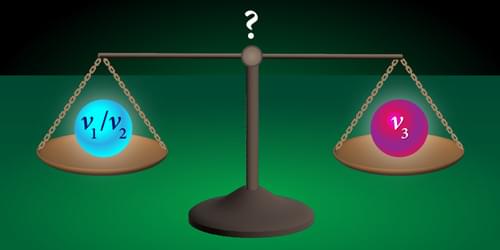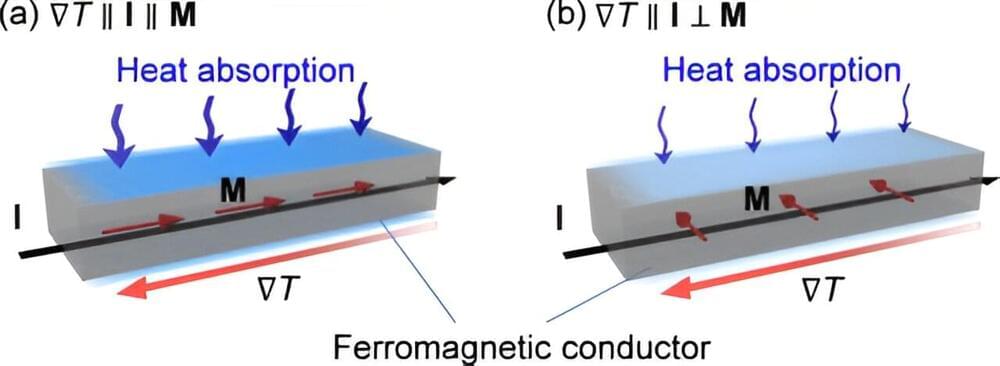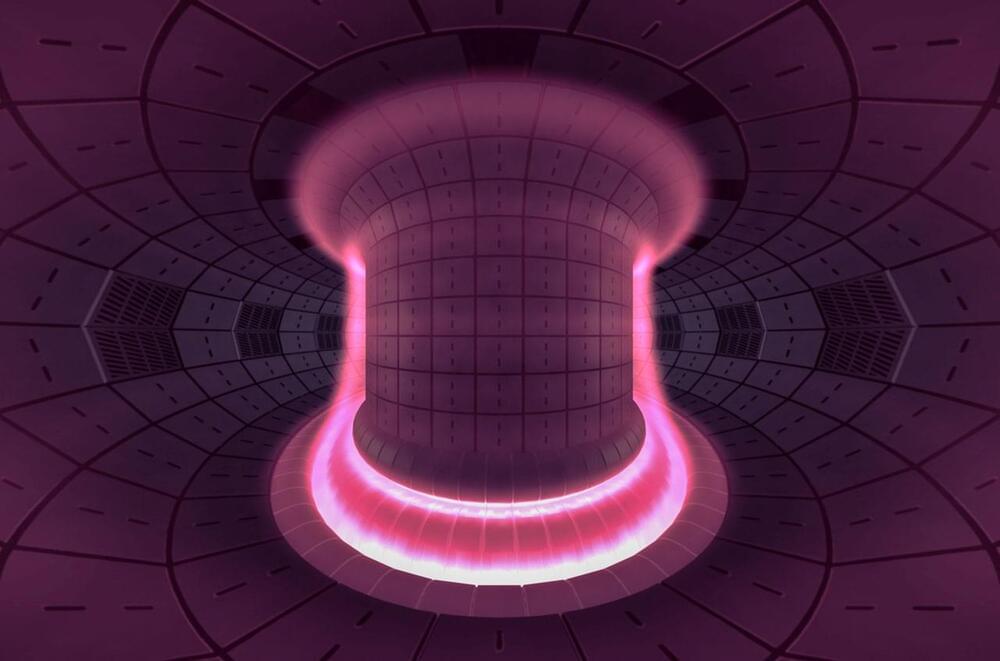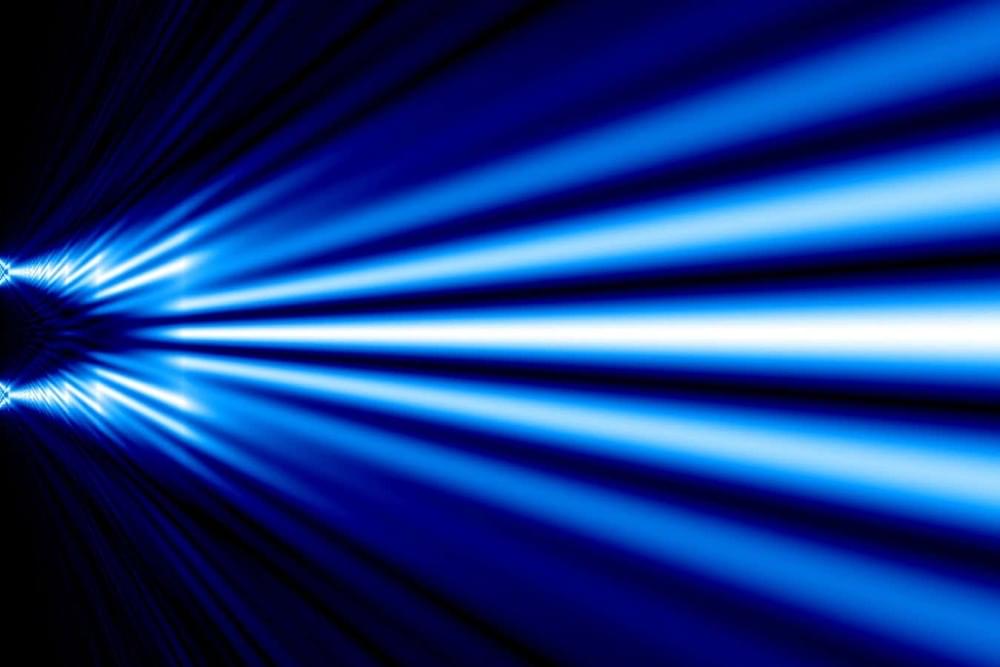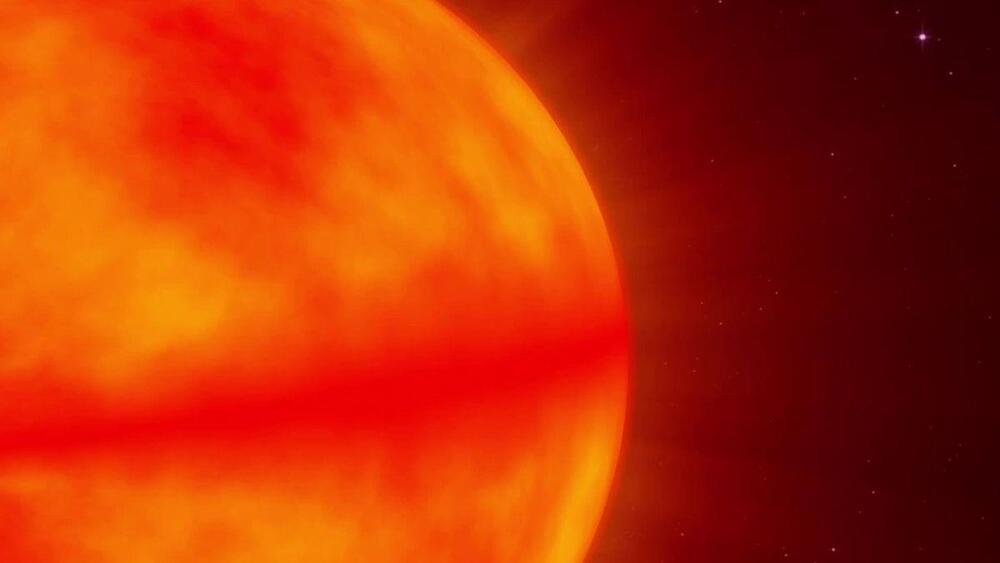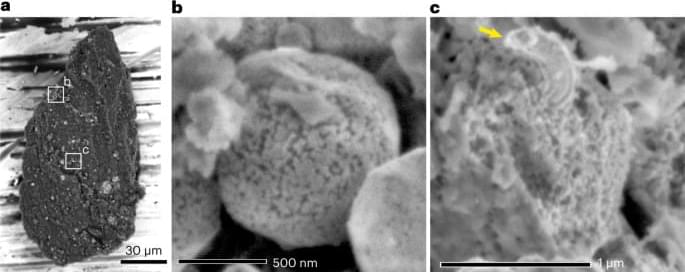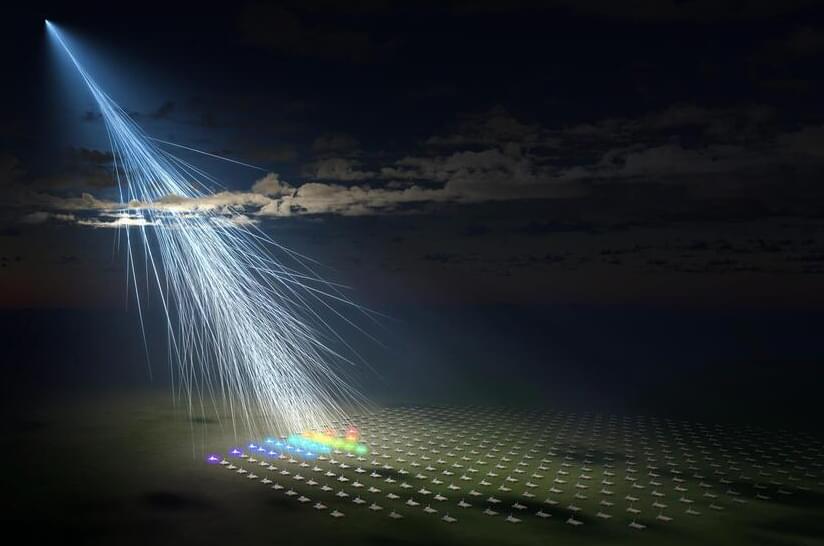Dec 24, 2023
Atmospheric Neutrinos Revisited
Posted by Saúl Morales Rodriguéz in categories: nuclear energy, particle physics
The combined analysis of present and upcoming atmospheric-neutrino experiments may lead to the solution of outstanding puzzles in neutrino physics.
Neutrinos are fickle. Produced with a certain leptonic flavor (electron, muon, or tau), neutrinos can change their flavor as they travel through space. In 1998, researchers discovered this beyond-standard-model neutrino-oscillation phenomenon using neutrinos from natural sources—Earth’s atmosphere and the Sun. Increasingly accurate experiments also involved artificial neutrino sources such as accelerators and nuclear reactors. These experiments have significantly advanced our understanding of neutrino oscillations but haven’t yet solved two important related questions regarding the ordering of neutrino masses and possible violations by neutrinos of a fundamental symmetry known as charge-parity (CP) symmetry. New work by Carlos Alberto Argüelles-Delgado of Harvard University and colleagues shows that atmospheric neutrino experiments, once pivotal in the discovery of neutrino oscillation, can still play a key role in answering those questions [1].
